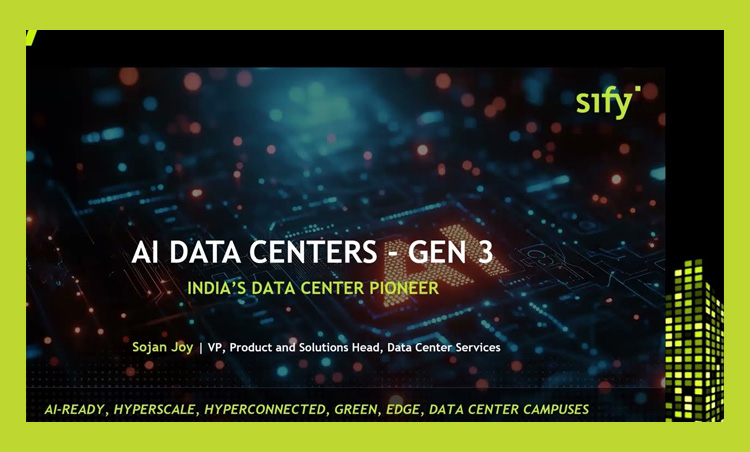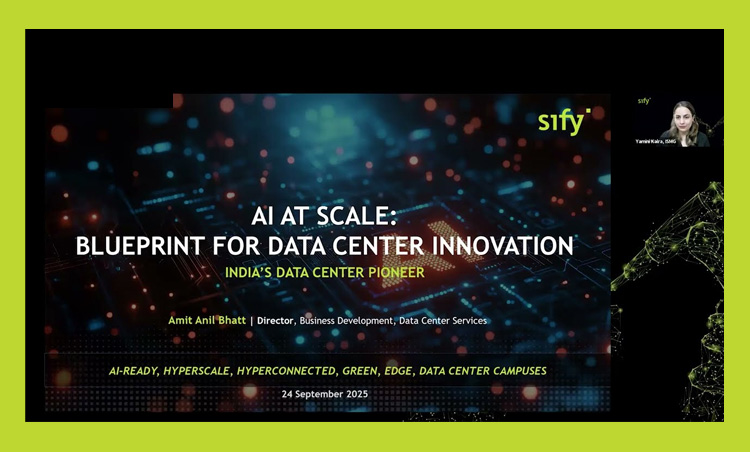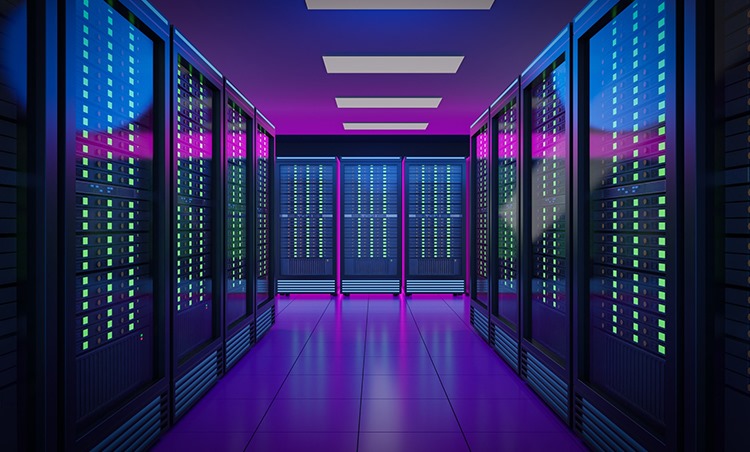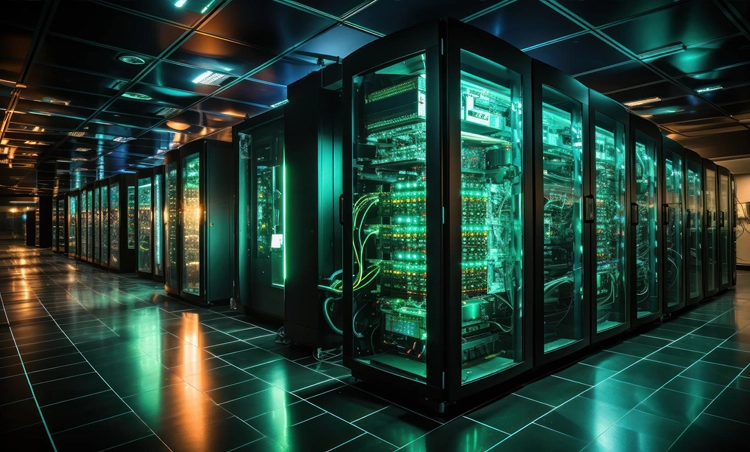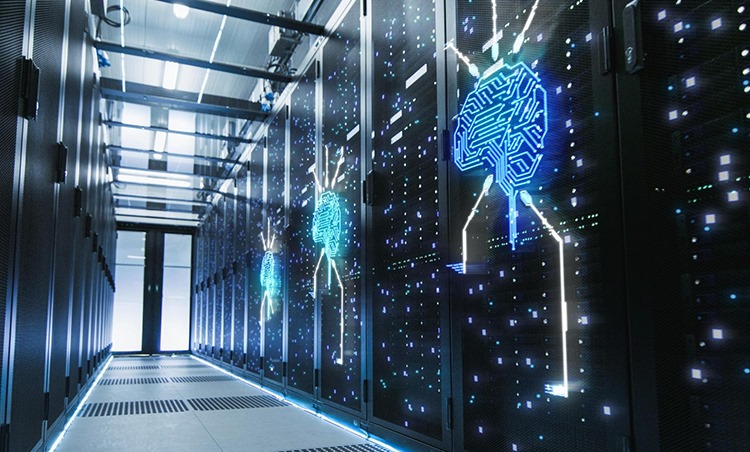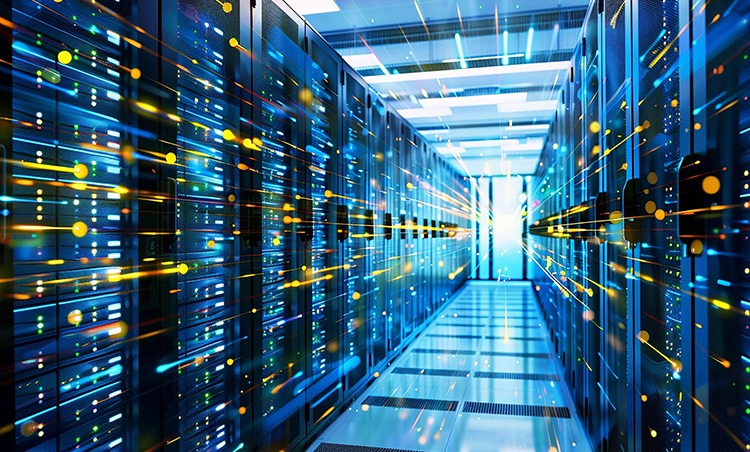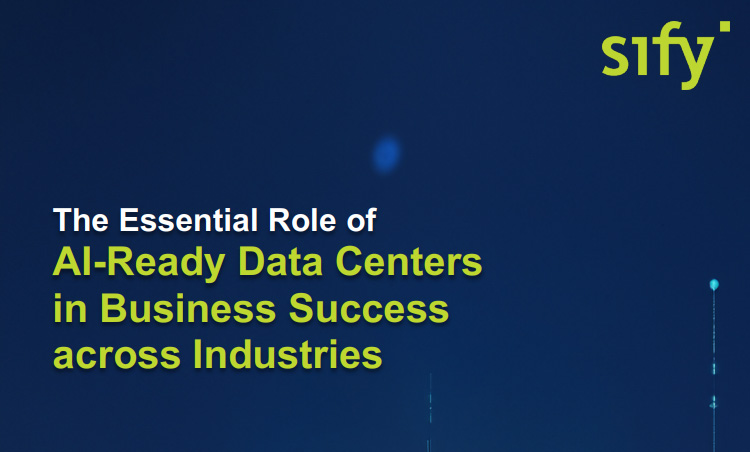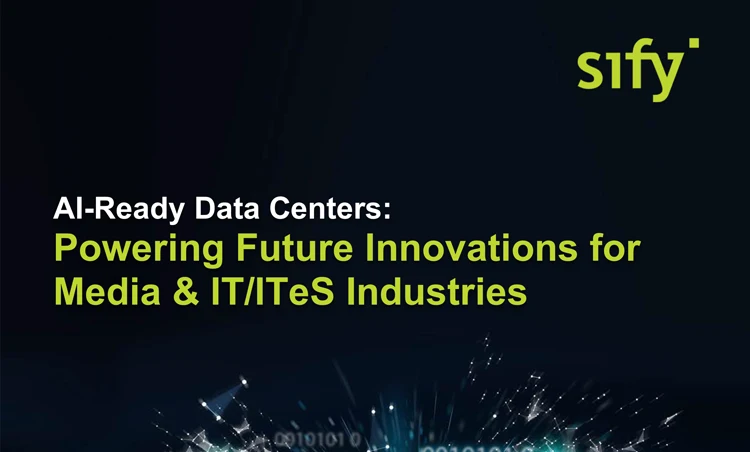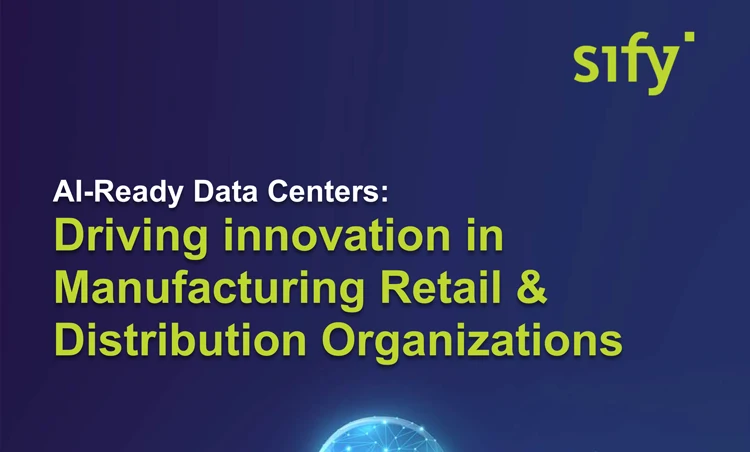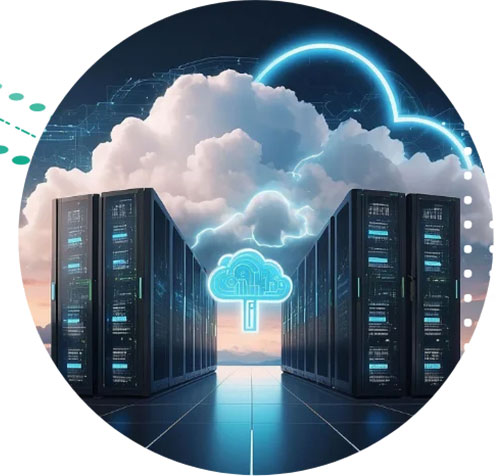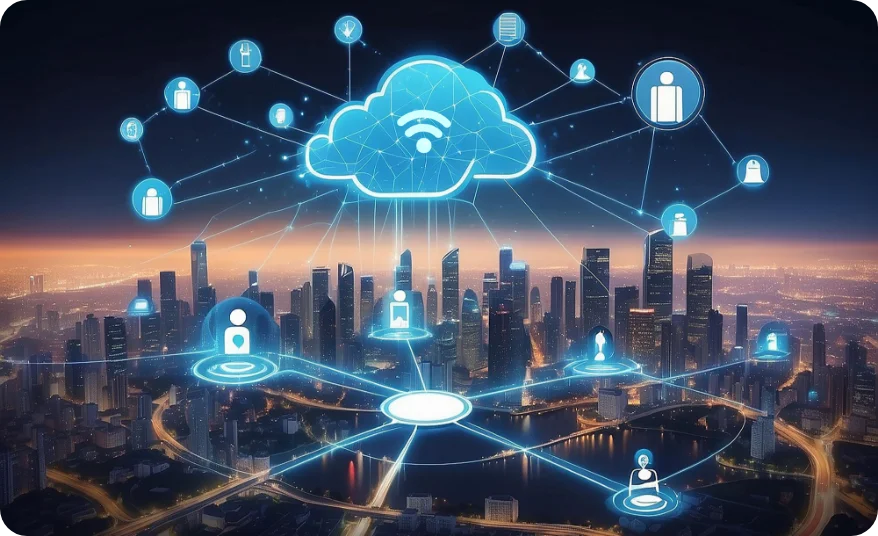AI at Scale: Blueprint for Data Center Innovation in IT and ITeS
SPEAKERS : Amit Anil Bhatt, Business Director, Data Center Services, Sify Technologies Limited Sojan Joy, Vice President, Product and Solutions Head, Data Center Services, Sify Technologies Limited Sriram Prasanna Narayanasamy, Group Practice Head, Director-Cloud IT,DC, Wipro Sudeep Agarwal, CIO, Reliance Infrastructure
Atul Govil, Chief Transformation Officer & Head (SAP & IT) – Corporate, India Glycols Limited
Sujoy Brahmachari, CIO and CISO – Smart Card Business, Rosmerta Technologies Limited
AI at Scale: Blueprint for Data Center Innovation in Manufacturing
SPEAKERS : Amit Anil Bhatt, Business Director, Data Center Services, Sify Technologies Limited Sojan Joy, Vice President, Product and Solutions Head, Data Center Services, Sify Technologies Limited Sriram Prasanna Narayanasamy, Group Practice Head, Director-Cloud IT,DC, Wipro Sudeep Agarwal, CIO, Reliance Infrastructure
Atul Govil, Chief Transformation Officer & Head (SAP & IT) – Corporate, India Glycols Limited
Sujoy Brahmachari, CIO and CISO – Smart Card Business, Rosmerta Technologies Limited
Edge & hyperscale data centres driving India’s digital growth
As of February 2025, India has 153 data centres, with operational capacity expected to rise to 2027 MW by the end of 2025.
Building sustainable data centers for high-density AI workloads
The rapid advancement of AI has amplified the need for data centres to be both powerful and sustainable. AI workloads demand immense computational resources, significantly increasing power consumption.
Scaling for Tomorrow: The Future of Hyperscale Data Centers in an AI-Centric World
It’s 2025, and AI has joined the workforce—a bold shift that is reshaping businesses and industries while driving an urgent need for better computational infrastructure. Hyperscale data centers are at the core of this transformation, offering the power, cooling, and networking capabilities required to sustain AI’s exponential growth.
Technology Advancements Driving AI-Ready Hyperscale Data Centers
Data centers initially focused on mainframe computing and in-house IT, relying on centralized CPU-based architecture for structured workloads.
How Sify Technologies is driving sustainable data center growth
As digital transformation accelerates, the demand for data storage and processing is surging, placing immense pressure on data center infrastructure.
The Essential Role of AI-Ready Data Centers in Business Success across Industries
In today’s rapidly evolving digital landscape, the ability to leverage artificial intelligence (AI) has become a strategic imperative for businesses across all sectors. AI-ready data centers, with their advanced infrastructure and capabilities, serve as the cornerstone for harnessing the full potential of AI. This whitepaper explores the critical role of AI-ready data centers in driving business growth and innovation across various industries.
AI-Ready Data Centers: Powering Future Innovations for Media & IT/ITeS Industries
In today’s rapidly evolving digital landscape, the Media and IT/ITeS industries are facing unprecedented challenges and opportunities. To stay competitive, these sectors must embrace cutting-edge technologies that can drive innovation, improve efficiency, and enhance customer experiences. AI-ready data centers emerge as a cornerstone for achieving these goals.
AI-Ready Data Centers: Driving innovation in Manufacturing Retail & Distribution Organizations
The Manufacturing, Retail, and Distribution (MRD) industry is undergoing a rapid transformation, driven by technological advancements and the increasing adoption of artificial intelligence (AI). MRD organizations must modernize their IT infrastructure to support AI intensive applications and data analytics to remain competitive and drive innovation. AI-ready data centers are the cornerstone of this digital transformation.




